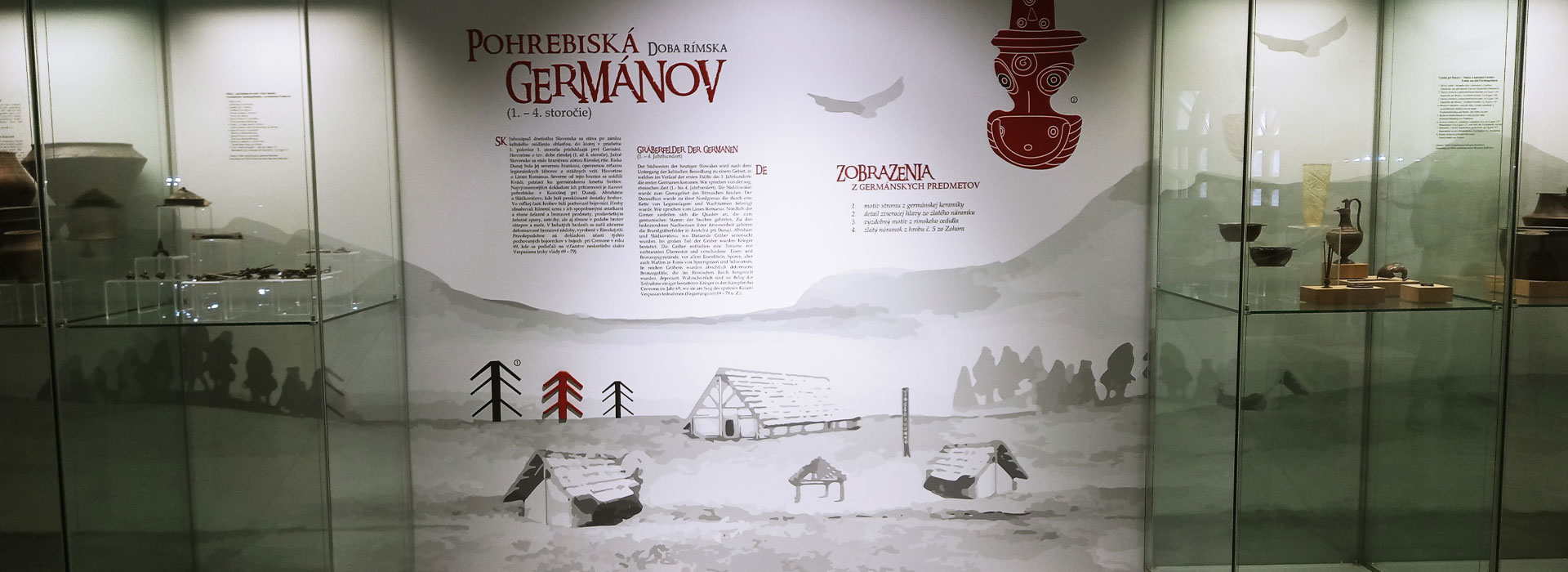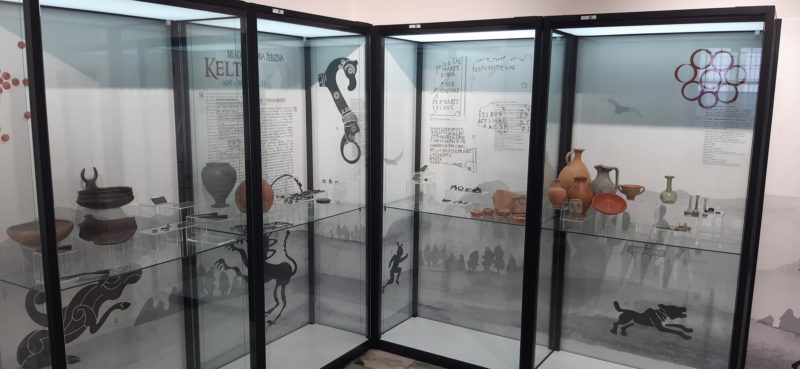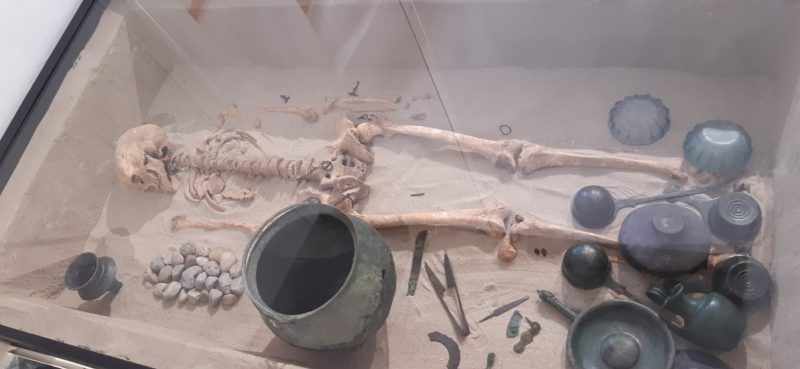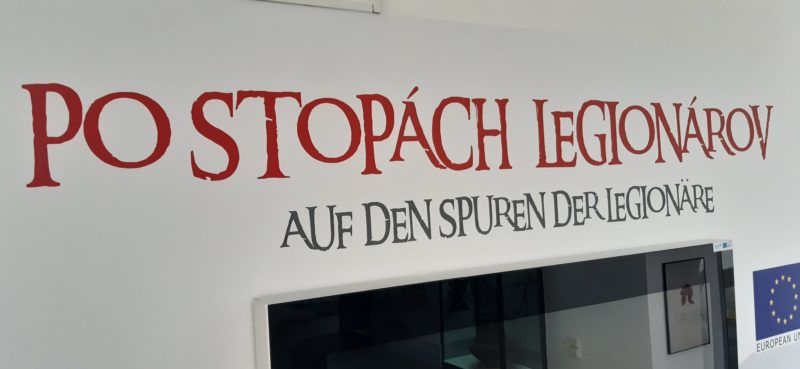In the Footsteps of Legionnaires
In the past, the Danubeland was inhabited by many peoples and ethnicities, which over the past 1500 years have left their mark on the land
The exhibition at the Slovak National Museum – Archaeological Museum focuses on the Iron Age and the period of the Roman Empire. It presents finds from mounds from the Early Iron Age – Hallstatt Age from municipalities Blatná na Ostrove, Dunajská Lužná – Nové Košariská and Dolné Janíky. The finds of the Early Iron Age are related to the Celts, who inhabited the territory before the arrival of the Germans and Romans.
The main part of the exhibition is devoted to the Roman period. It presents finds from the Roman camp of Gerulata and from Germanic sites from the Roman period. Of particular interest are the finds from the so-called princely graves of the Germanic elites from Zohor and Vysoká pri Morave, exhibited for the first time. The collection items are complemented by video documents as well as 3D visualizations for research. The exhibition is part of the European Interreg project of the same name.
Resulted in an exhibition, a publication or a 240-kilometre cycle route, the cross-border project In the Footsteps of Legionnaires was created in cooperation with the Austrian municipality of Leithaprodersdorf and the Slovak National Museum – Archaeological Museum.
The aim of this project is to raise awareness among the general public about prehistoric and early history, the period of the Roman Empire up to the Middle Ages, through the life of the Roman legionnaire Marcus Longinus, whose grave was discovered in Leithaprodersdorf. The outputs of the project include the creation of an educational cycle path between the Roman camp in Iža-Leanyvár (Celantia in Latin language) in the Komárno District and the country seat from the Roman period in Leithaprodersdorf, as well as the presentation of the results of archaeological research in the form of an exhibition, a professional brochure entitled Two Countries – Eight Goals, a brochure for cyclists, information boards and a website about the project.
The publications issued for the project include a bilingual professional brochure for the public with a deeper interest in the history and knowledge of architectural and archaeological monuments from selected localities. It contains information about Bratislava Castle, St. Martin’s Cathedral in Bratislava, the Church of the Reformed Church in Šamorín, Devín Castle, as well as four Austrian historical buildings. The second brochure – for cyclists – from the point of view of archaeological finds at particular sites contains, in addition to the map, texts for individual thematic stops: in Iža, Komárno, Veľký Meder, in Blatná na Ostrove, in Šamorín, in Bratislava museums, in St. Martin’s Cathedral and at Devín Castle. The text of the brochure is in Slovak and German and includes a pictorial attachment, as well as a list of 90 sites of archaeological sites and important building monuments along the route.

Another output of the project is the delineation and designation of a 240 km long educational archaeological-historical cycle path, between the Roman camp Celantia in Iža-Leanyvár in the Komárno District and the country residence from the Roman period in Leithaprodersdorf (Austria). These two places are connected by the figure of the Roman legionnaire Marcus Vinius Longinus, who, after his release from the army in Celantia, received for 25 years of military service lands around Leithaprodersdorf, where he lived until his death and where he is buried. The story of his journey was recounted by archaeologists from a tombstone found in Leithaprodersdorf. The cyclist discovers the route taken by veteran Longinus 2,000 years ago.
Information boards (23 on the Austrian and 5 on the Slovak territory) increase the information value of cycling routes, which bring tourists closer to military service in the legion, as well as the provision of military units serving on the Danube border. At the same time, they represent a huge cultural wealth from the time of the Roman Empire, obtained by archaeological research in the forward Roman camp Celantia in Iža, in the Gerulata camp in Rusovce, located in the southern part of Bratislava, in the Archaeological Museum in Bratislava, in the legionary camp in Carnuntum and in civilian settlements built near the border.


